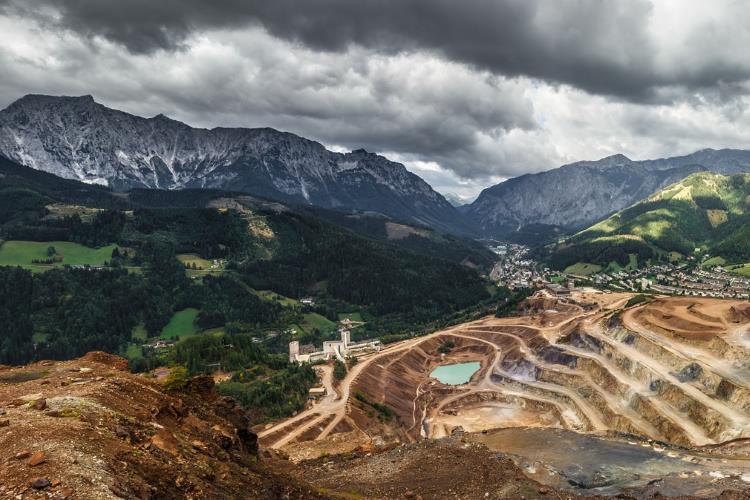Natural Stone Still Viable? An Architectural Roundtable
Natural stone has long been a standard choice when it comes to the architectural designs, and it continues to be so even with the modern features of today. Stone World took the chance to delve into the subject a little deeper by holding a roundtable regarding the subject with a diverse set of architects putting in their latest opinions. Together they represented an assortment of regions across the United States as well as coming from different areas of architecture. Their names were:
- Jon C. Bernhard – Jon is a member of the American Institute of Architects (AIA) and a senior partner at the Swaback Partners PLLC firm. Located in Scottsdale, Arizona.
- David Costea – David is a senior project manager with the Burleson Design Group out of Wimberley, Texas.
- John G. Waite – As a fellow with the AIA, John brings his expertise to the eponymous company John G. Waite Associates, Architects PLLC in Albany, NY.
So, how often is natural stone used in their designs?
The general consensus is that there is almost always some feature that includes natural stone to the extent that there is hardly a project that does not have it used in some way or another. It is a material that is honored for its beauty and durability. Not only that, but it comes in such a range of shapes and sizes so that it can be worked into a myriad of different sections of any project.
Bernhard also likes natural stone because of the fact that its use helps to limit the number of toxins that are brought into the designed environment and on a similar note, there is a limited carbon footprint with its use. Costea agrees, and he says that stone veneer is probably one of the greatest uses of it in his company’s projects. Also, it requires only a limited amount of maintenance as compared to many of the other products that might appear in a design and its use allows the building to be worked into the aesthetics of the surrounding area so that everything matches up quite nicely. There are numerous granite tools and granite blades to help with the shaping with a quartzite blade being especially coveted.
Waite says that the architects at his firm are often tasked with the preservation and restoration of existing buildings in order to maintain the historic nature of an area. In this type of use case, natural stone has a better ability to match up with what is already in place, and it can also be used due to its compatibility with historic materials that might be used in a new construction project. It is very important to them to match existing stone, and if that is not possible for some reason, then some natural derivative must be used that is as close to possible to the color and texture of what came before it.
How is the natural stone product sourced?
Local suppliers have been a great asset, and purchasing through them allows a feedback into the local economy. However, other more unique avenues can be taken such as buying through natural stone fairs and stone conventions around the globe. Sometimes, a mason or stone supplier might be working with the general contractor to do this. For historic architecture, research must be done into the original source and that will be used if possible, or otherwise something as close in resemblance as possible.
What are the variations and modern trends?
Today’s stone marketplace is diverse, and the granite tools and granite blades allow for shaping options not seen in the years past. A quartzite blade for saws can help to fit the design for longevity. Overall, natural stone is here to stay and will continue to have a wide range of uses and applications in modern architecture projects.

